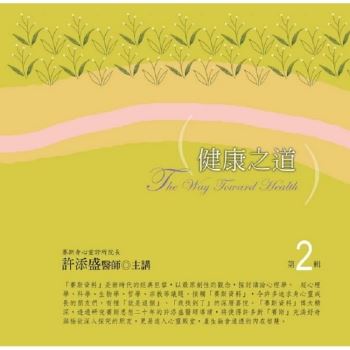Conservation agriculture (CA) is a resource conserving agronomic management practice that combines minimal soil disturbance (no-till) and permanent soil cover (mulch) with rotations. Retaining crop residue on the soil surface throughout the year can provide a cover that reduces wind and water erosion, runoff, or particulate matter and nutrient loss, resulting in benefits for water and air quality. Tillage reduction can enhance soil aggregation, promote biological activity, and increase water holding capacity and infiltration rates. This leads to greater available soil moisture, improved soil tilth, and increased organic matter content which help to increase the productivity of wheat. The combination of Tillage and Crop Residues management practices conserve the soil moisture and improve water use efficiency, grain yield.
| FindBook |
有 1 項符合
Tillage and Crop Residue Impacts on Wheat in Conservation Agriculture的圖書 |
 |
Tillage and Crop Residue Impacts on Wheat in Conservation Agriculture 作者:Rathod 出版社:LAP Lambert Academic Publishing 出版日期:2024-09-06 語言:英文 規格:平裝 / 132頁 / 22.86 x 15.24 x 0.79 cm / 普通級/ 初版 |
| 圖書館借閱 |
| 國家圖書館 | 全國圖書書目資訊網 | 國立公共資訊圖書館 | 電子書服務平台 | MetaCat 跨館整合查詢 |
| 臺北市立圖書館 | 新北市立圖書館 | 基隆市公共圖書館 | 桃園市立圖書館 | 新竹縣公共圖書館 |
| 苗栗縣立圖書館 | 臺中市立圖書館 | 彰化縣公共圖書館 | 南投縣文化局 | 雲林縣公共圖書館 |
| 嘉義縣圖書館 | 臺南市立圖書館 | 高雄市立圖書館 | 屏東縣公共圖書館 | 宜蘭縣公共圖書館 |
| 花蓮縣文化局 | 臺東縣文化處 |
|
|
圖書介紹 - 資料來源:博客來 評分:
圖書名稱:Tillage and Crop Residue Impacts on Wheat in Conservation Agriculture
|








